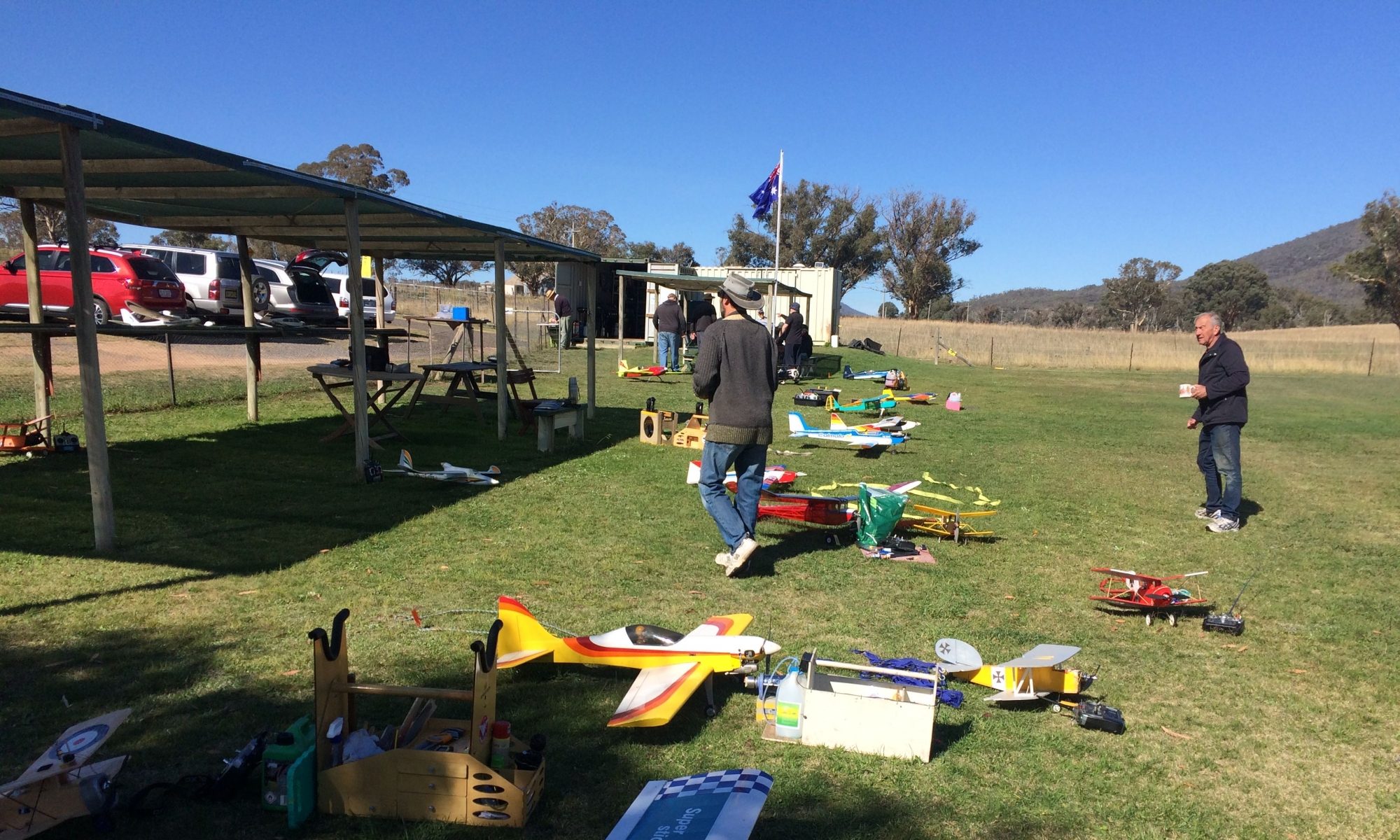The health and safety of members and visitors is at the heart of NSFC activities. While common sense should always be exercised, this topic covers some areas where specific approaches to health and safety are advised.
Safety Notice – Aircraft Start Up and Pit Procedure
There was a recent incident at the field where a model, although mechanically restrained, managed to work itself loose during the engine run up and head towards the flight box at speed initially unobserved by the pilot. This once again highlights the potential dangers of our sport. As a reminder of safe start up and general pit procedure and etiquette the CFI (Heath) makes the following observations and recommendations.
The MAAA MOP14 (General Rules and Guidelines for the Operation of Model Aircraft) states at page 7:
6.17 Aircraft Restraints
It is recommended that the model aircraft be restrained mechanically and/or physically by a person other than the person starting the aircraft, during engine start-up.
In addition to the MOP, the following is recommended for both internal combustion and electric RC fixed wing model aircraft:
A) The pilot is to stay within reasonable proximity of the model whilst engine is running or armed (preferably behind and certainly not within propeller arc);
B) The model be under constant observation by the pilot whilst running or armed (The pilot should not turn away from or avert visual contact with the model);
C) A form of secondary restraint be employed for high RPM or Wide Open Throttle checks / mixture tests and adjustments (the pilot could stand over the fuselage just in front of the tail section or a second member / pit crew hold the model); and
D) While the model is tethered and running / armed, the pilot should remain aware of other members taxiing or traversing the pit area in front of or adjacent to their model, avoiding use of Wide Open Throttle or high RPM operation until until safe and considerate to do so.
Helicopter Safety Notice
When MAAA carried out a safety review several years ago, the distances in which model helicopters and fixed wing F3D models were operating from the pilots, was identified as an area of high risk. Consequently a nine metre safety distance was a imposed as a requirement within the MAAA MOPs, MOP014 General Rules and Guidelines for the Operation of Model Aircraft Paragraphs 6.4 and 6.5.
As a timely reminder, the Helicopter Subcommittee have produced this ‘flyer’ …
Tharwa Electric Fence Erection/Demounting
The electric fence installed at the Tharwa field protects the field from damage from the livestock which are periodically grazed in the adjoining paddocks. It has a demountable section which runs across the landing strip. Generally, this section is demounted when the field is in use and re-erected when flying ends for the day.
Because the fence can deliver an unpleasant electric shock, it is important that members ensure that power is disconnected before attempting to dismantle it. In order to ensure the safety of others and allow easy re-erection, the dismantled section then needs to be carefully set aside, well clear of normal traffic areas.
The video demonstrates how the fence should be dismantled and re-erected safely and with minimum risk of damage to the components of the fence itself.

